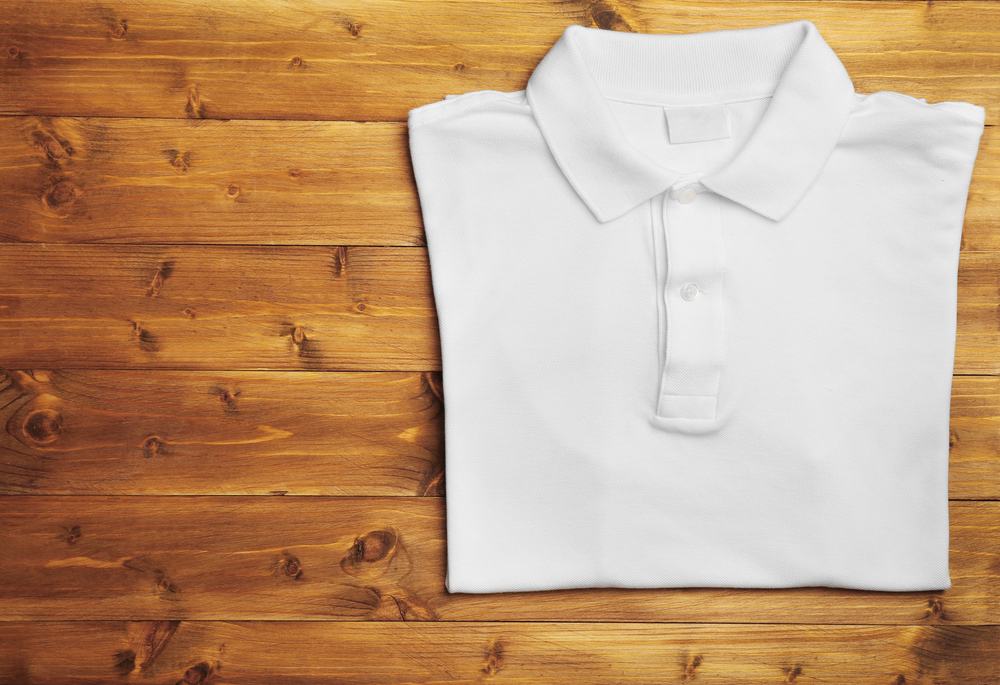

Is it any wonder that this top bears the same name as a famous equestrian sport? It's no coincidence. In fact, it was while watching Indians practicing this discipline that the English spotted this outfit - then more akin to a long-sleeved shirt - which they then imported to Europe. At the same time, they adopted this sporting practice created 2,500 years before in Central Asia ("pholo" meaning "ball game" in Tibetan) and gradually adapted the garment to make it more practical. At the end of the 19th century, buttons were added to the collar, which became awkward when players galloped.
But it was a Frenchman who invented today's polo shirt: René Lacoste, the world's number 1 tennis player in the 1920s. To play more comfortably, he replaced the shirt's historic cotton with a more breathable piqué knit, restricted the collar fastening to 2 buttons and shortened the sleeves (a bold move given that, until then, only workers and farmers wore shirtsleeves).
Success was immediate and, with his partner André Gillier, he created the "crocodile brand" bearing his name in 1933. Gradually adopted outside sports circles, polo shirts became a staple of streetwear in France in the 2000s, a style born of urban fashion embodied by the Kaporal brand, for example (see men's polo on kaporal.com).
From presidents to models, from Hollywood stars to top athletes: this symbol of casual elegance needs to be in your wardrobe to, also, embody a certain French chic.
Valérie from Comme des Français
Want to perfect your dress sense?